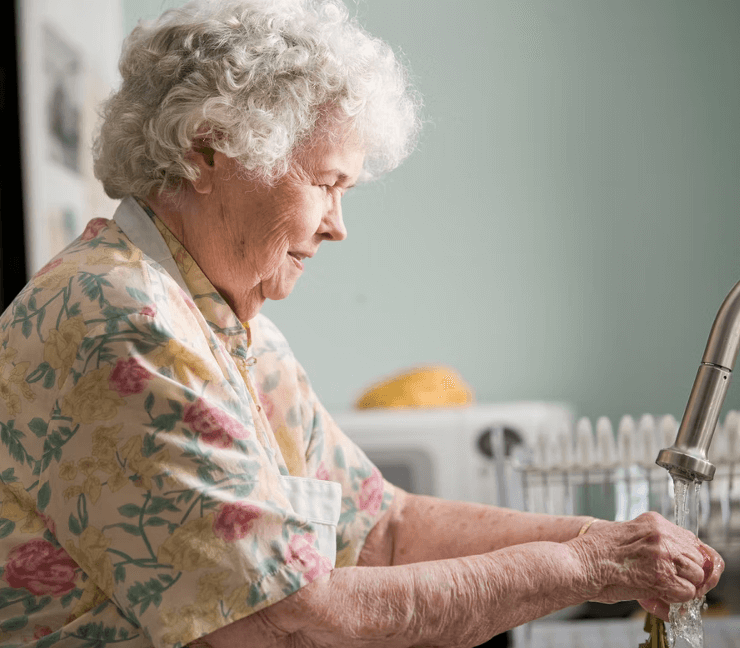AI for Independent Living: Empowering Lonely Elderly Americans Part 1 of 2
Image provided by pexels: AI for Independent Living: Empowering Lonely Elderly Americans Part 1 of 2 Introduction In today’s rapidly advancing technological era, artificial intelligence (AI) is revolutionizing various aspects of our lives. One area where AI has made significant strides is in empowering independent living for lonely elderly Americans. With the help of …
AI for Independent Living: Empowering Lonely Elderly Americans Part 1 of 2 Read More »


